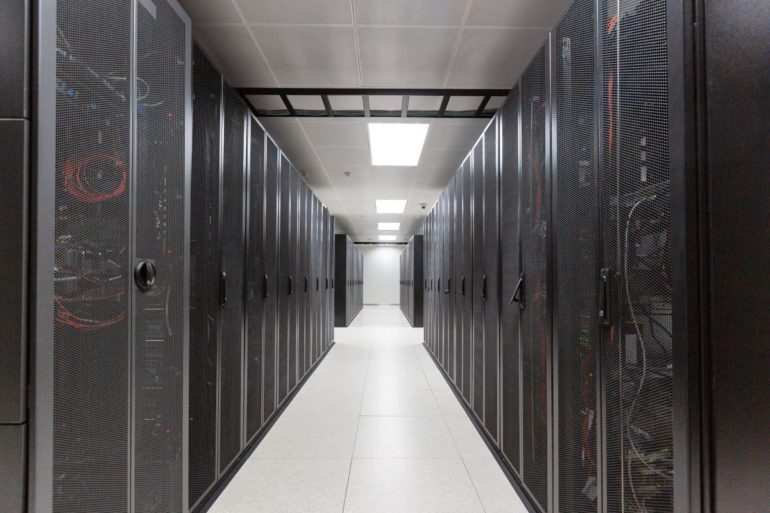The authors of the list explained that the latest edition saw little change compared to previous years.
Wenbin / Getty Images
The latest update to the list of the world’s 500 most powerful supercomputers saw only one new entry in the top ten, confirming that although these devices are still improving their performance, the pace of innovation is slowing down.
Perlmutter, a US-based supercomputer located at the Department of Energy’s Lawrence Berkeley Laboratory, entered the June edition of the Top500 list in fifth position, bumping Nvidia’s Selene device to sixth place.
At 64.6 petaflops, Perlmutter is the most notable change to the list; it also fared well in the Green500 list, which focuses on the energy efficiency of supercomputers, claiming number six spot thanks to a power efficiency of 25.55 gigaflops per watt.
In total, there were only 58 new entries in the Top500 list. This is not far off the record-low of 44 new entrants registered last November, and indicates a slow-down compared to earlier years. In 2007, for example, 300 new devices made it to the ranking.
This is mostly blamed on the impact of the COVID-19 crisis, which drove investment in commercial high-performance computing systems to an all-time low.
The authors of the list admitted that the latest edition “saw little change”, with Japan’s Fugaku supercomputer still retaining a strong lead in the number-one spot.
Fugaku came online last March and boasts a record-breaking 442 petaflops – meaning that it is three times more performant than the nearest competitor, IBM’s Summit, which is hosted at the Oak Ridge National Laboratory and claims 148.8 petaflops.
A product of a partnership between Riken and Fujitsu, Fugaku uses Fujitsu’s custom ARM processor, which has enabled the device to reach peak performance of over an exaflop. “Such an achievement has caused some to introduce this machine as the first ‘exascale’ supercomputer,” said the Top500 authors.
Exascale computations can perform a quintillion calculations each second, and are expected to significantly speed up applications ranging from precision medicine to climate simulation. China, the US and the EU have all unveiled aggressive goals to achieve exascale computing systems in the next few years.
In Japan’s Research Organization for Information Science and Technology (RIST), Fugaku is set to advance a selected 74 scientific projects, many of which aim to accelerate research to combat the COVID-19 pandemic, such as early detection of disease or high-speed and high-precision drug discovery simulations.
Competing behind Fugaku, the rest of the list’s top ten remained largely the same, with IBM’s Sierra in third place following the company’s Summit supercomputer.
China saw a significant drop in the number of devices it can claim on the list. From 212 Chinese machines featuring on the previous iteration, the country now only accounts for 186 supercomputers on the Top500 list.
“There hasn’t been much definitive proof of why this is happening, but it is certainly something to note,” said the list’s authors.
Despite the drop, China still dominates the Top500: the next biggest competitor, the USA, lags behind with 123 systems on the list. This has led some researchers to conclude that the gap between the two countries is rapidly closing.
It remains, however, that the performance of Chinese supercomputers is far outstripped by other systems. The USA has an aggregate performance of 856.8 petaflops per second, while China’s machines produce on average 445.3 petaflops per second.
In another noteworthy development, the Top500’s authors highlighted the marked increase in the use of AMD processors, especially among the few new entries. The company’s EPYC processors power half of the 58 new contestants, and three of the devices included in the top ten – Perlmutter, Selene and Germany’s Juwels Booster Module.
Compared to the same time last year, AMD noted that EYMC systems also power five times more supercomputers throughout the entire list.
“We are committed to enabling the performance and capabilities needed to advance scientific discoveries, break the exascale barrier, and continue driving innovation,” said Forrest Morrod, senior vice president of data center and embedded systems group at AMD.
In terms of system interconnects, the authors observed little change, with ethernet used in around half of the systems. A third of the supercomputers leveraged Infiniband and less than a tenth relied on OmniPath. Custom interconnects accounted for 37 systems.
